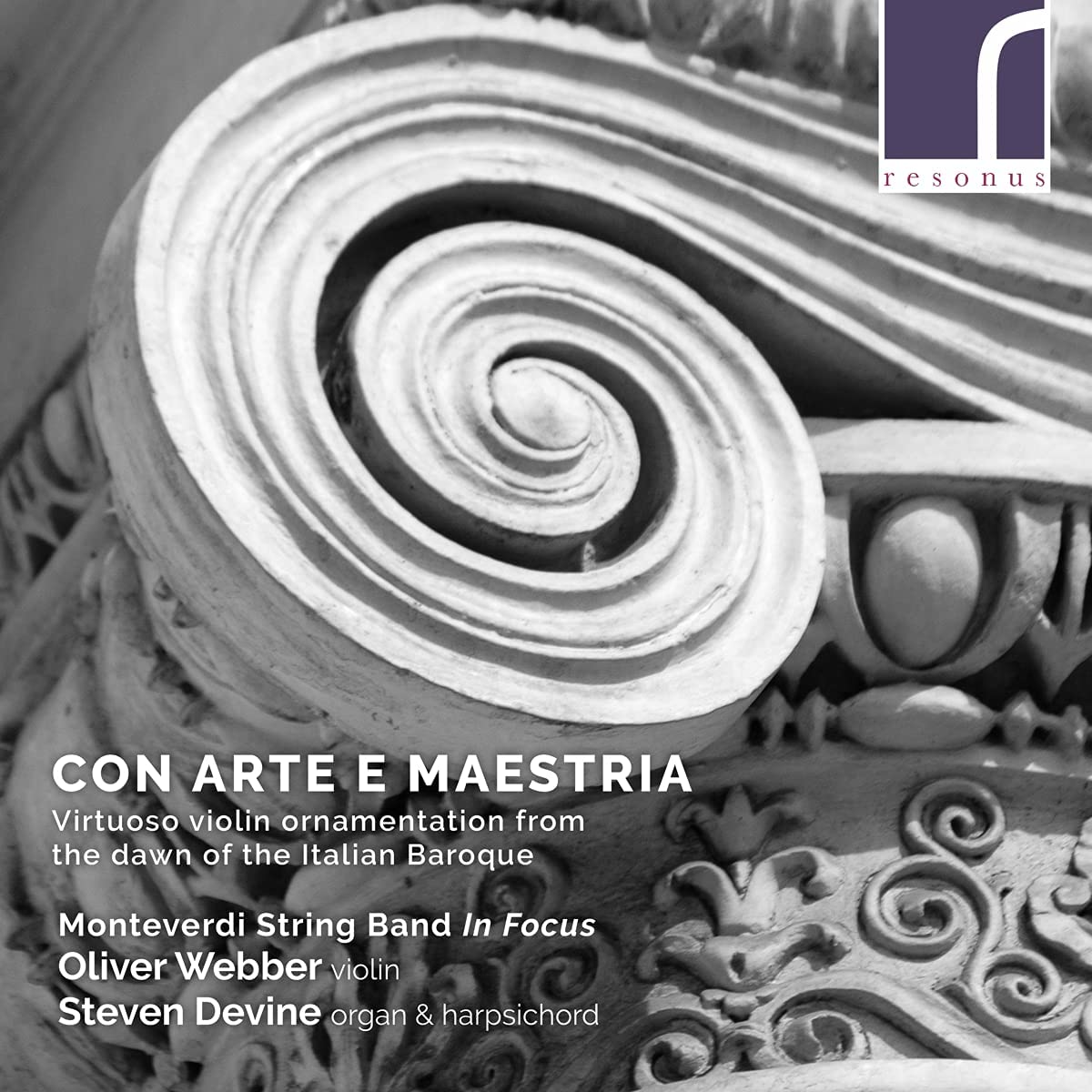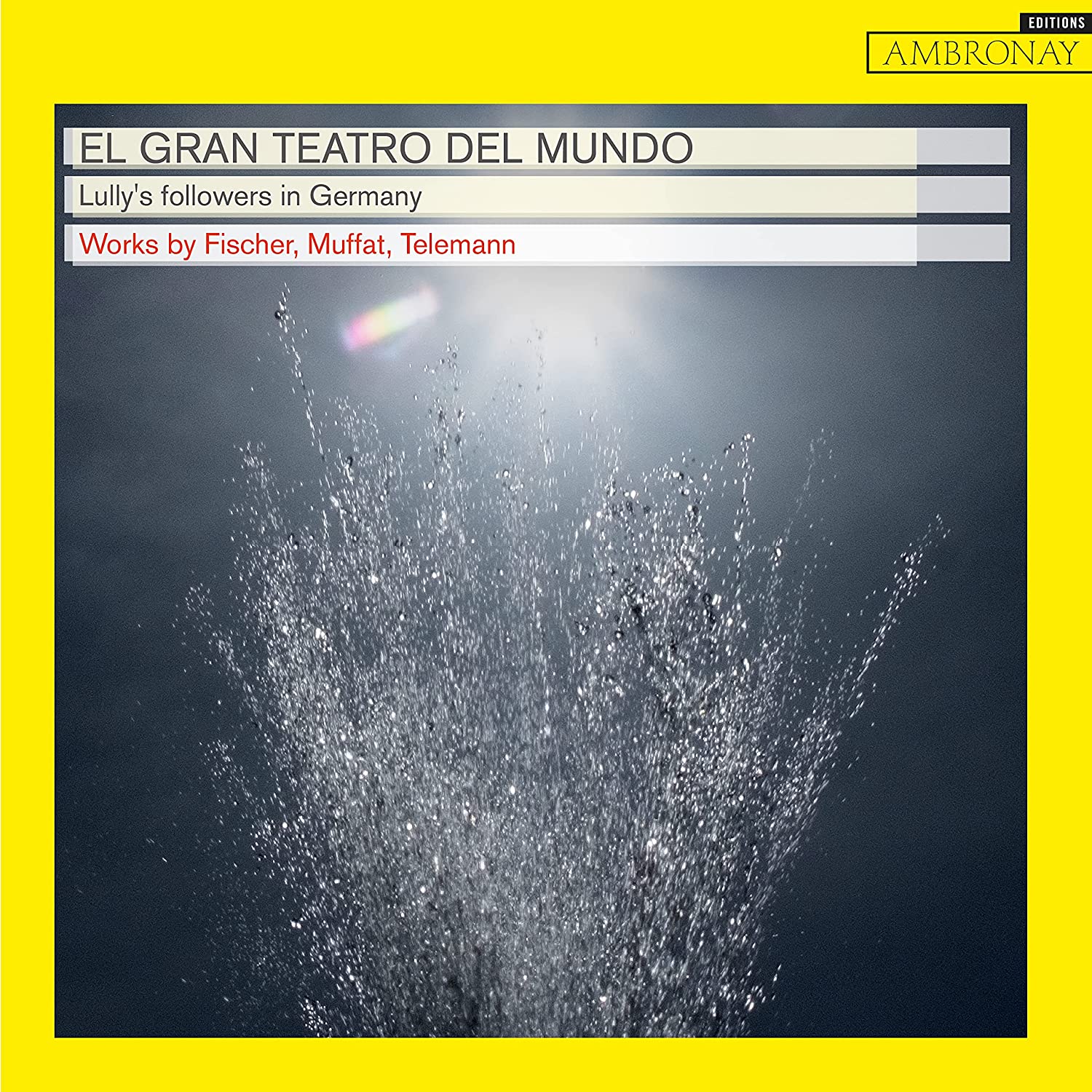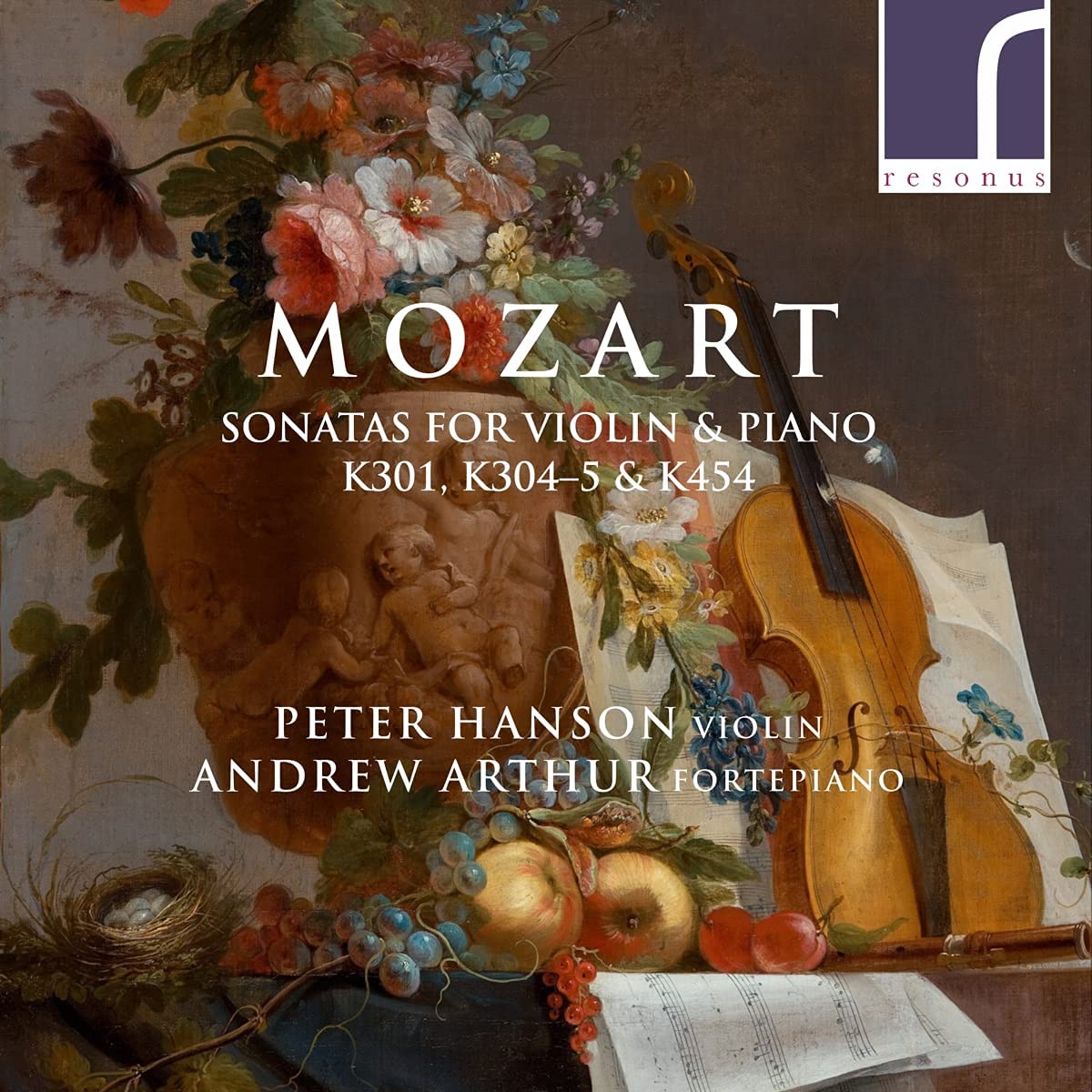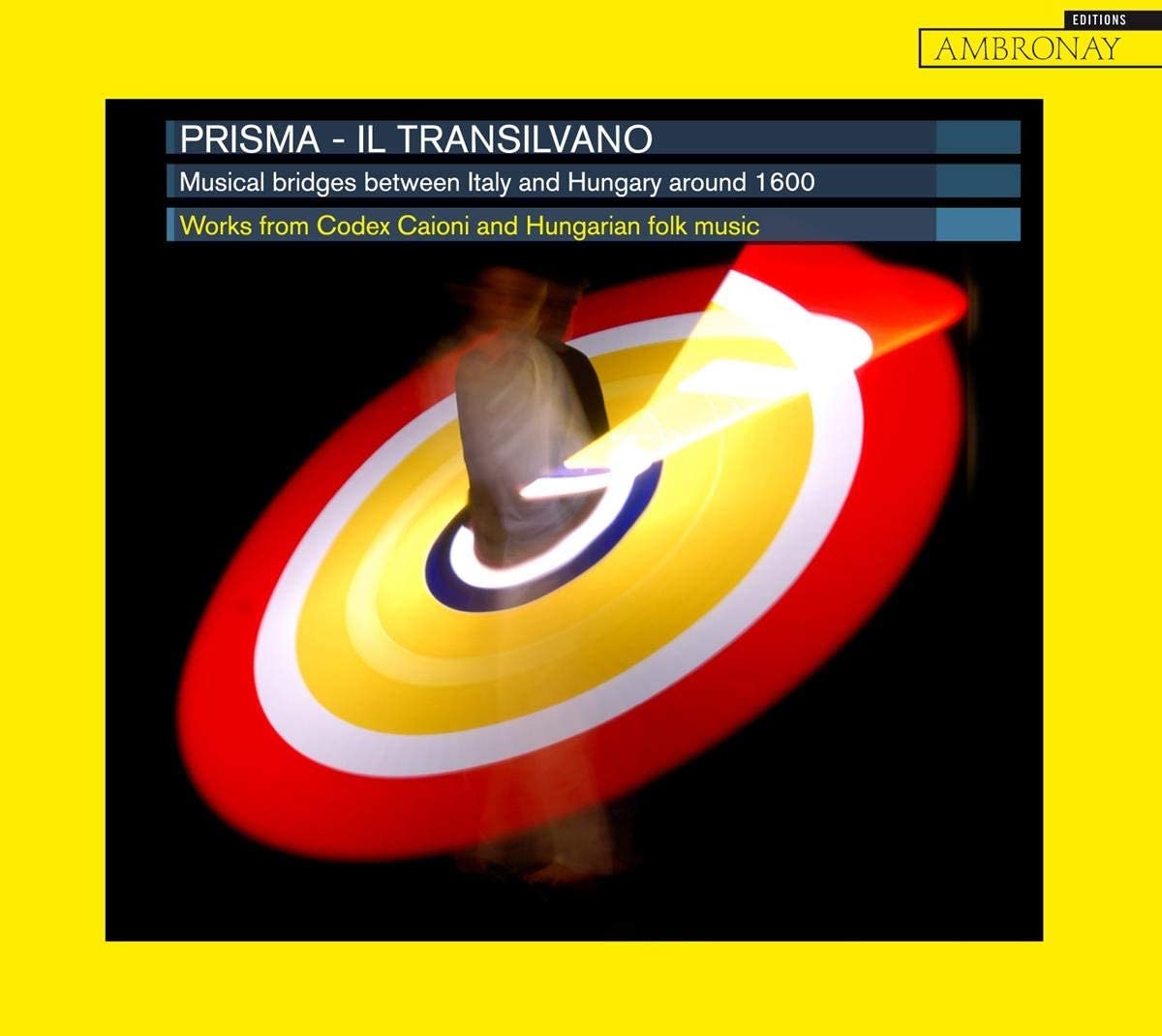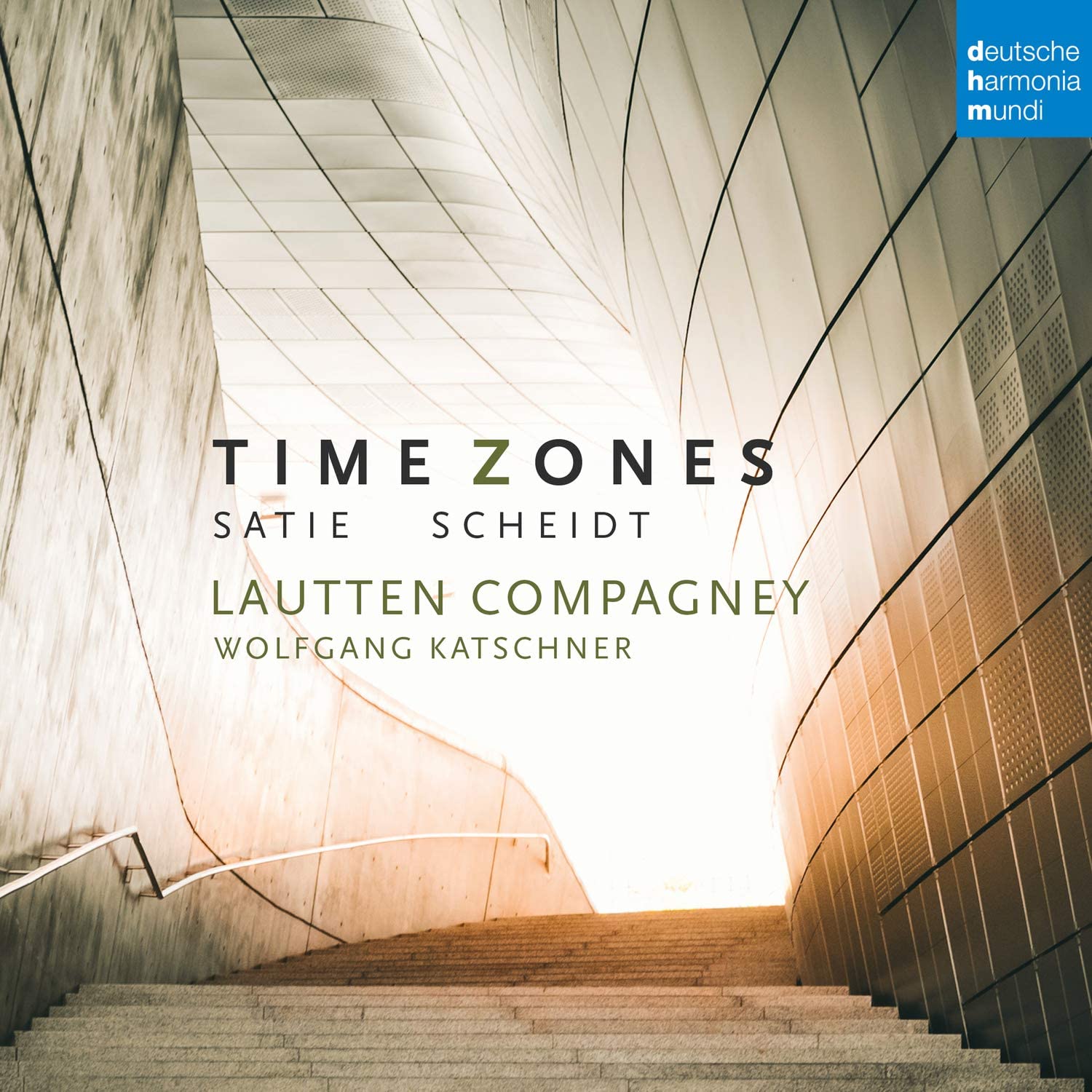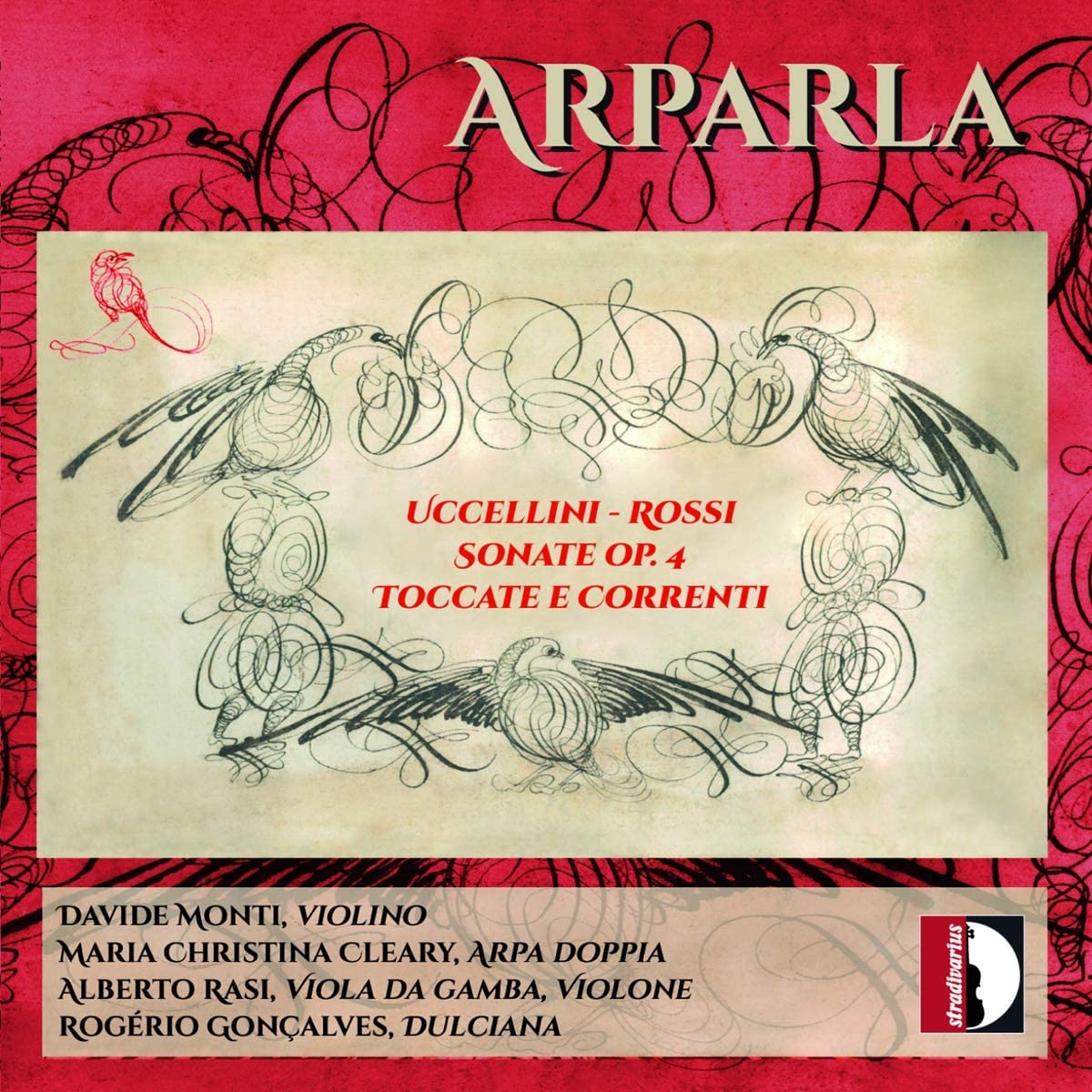El Gran Teatro del Mundo
68:24
Ambronay AMY314
Click HERE to buy this album on amazon
[These sponsored links help the site remain alive and FREE!]
At first glance it may seem odd to have a Telemann ouverture-suite alongside works by the first-wave of lullists in germanic lands, but this is a perfect lesson in musicology, where the date that a work was copied does not imply its actual date of inception. This particular suite (TWV55: Es4) belongs to a small handful to have been transmitted through keyboard settings, some just a few movements (TWV55: E1 and E2) that long pre-date the copied versions; here we know that Bach’s eldest brother, Johann Christoph made a complete keyboard copy in the “Andreas Bach book” c.1708-12. Thus, the original may be from Telemann’s student days in Leipzig (1701-5) or when he was in the employ of count Erdmann von Promnitz at Sorau (1705-8). Compilations of Lully’s works first began to appear in 1682, when Jean Philippe Heus published two collections called: Ouvertures avec tous les airs, extracts from Cadmus et Hermione and Persée.
These works were the creative catalyst for the succession of germanic Lullistes to begin to capture the livel y“theatrical style” and place it into their own compositions; Kusser, Erlebach, Fischer, Fux, Muffat, Aufschnaiter and Steffani did just that. The early Telemann suite fits into this timeline just behind the first-wave of composers. Muffat studied under Lully for six years, and absorbed a great deal from source. This was at the very beginning of the vibrant cosmopolitan blend in music known as vermischter Geschmach or Gouts Réunis (“Mixed Taste”).
The disc opens with a fairly well known G-minor sonata (concerto grosso) from Muffat’s “Armonico tributo”, given a rather playful interpretation with fewer strings than we may have been accustomed to hearing, yet with attractive additions of oboe and recorder and an actively strumming theorbo to bolster the basso continuo section. The overall effect is much slighter, and the graves aren’t in any way onerous or overbearing.
Next the splendid Suite no1 in C from Fischer’s Journal du printemps (1695), again a lovely flowing, dulcet interpretation which makes for very clear melodic lines, especially in the unfolding final chaconne. Following on, another later Muffat work Nobilis Juventus from his 1698 Florilegium Secundum which does have a certain theatrical flair, well captured by the ensemble’s delicate tones.
Closing with the (nine-movement!) Telemann suite, originally for strings, we can hear the neat interplay of French, Italian and Polish elements from an early date. The Entree is a direct adoption from French opera, often employed for scenic changes. The menuets are wonderfully done here, before a far-too-ponderous, introspective reading of the loure (twice as long as the version on Carus 83.337!) followed by a vibrant italianate gigue, and a fine set of the bourrees. Next, a playful, neatly done polonaise and cheekily inserted “prelude” (Not original, not needed!) before the Aria, which I again felt was in too slow to be fully emotive. Lastly – in vivid contrast – the blithesome passepieds.
All are played with a polished delicatesse and relish, just waning in the latter slower movements of the final suite, yet overall capturing the essence of the emergent “mixed taste” with cosmopolitan flair.
David Bellinger


